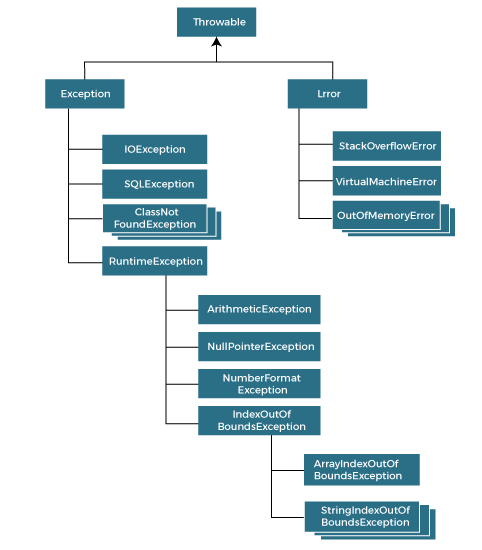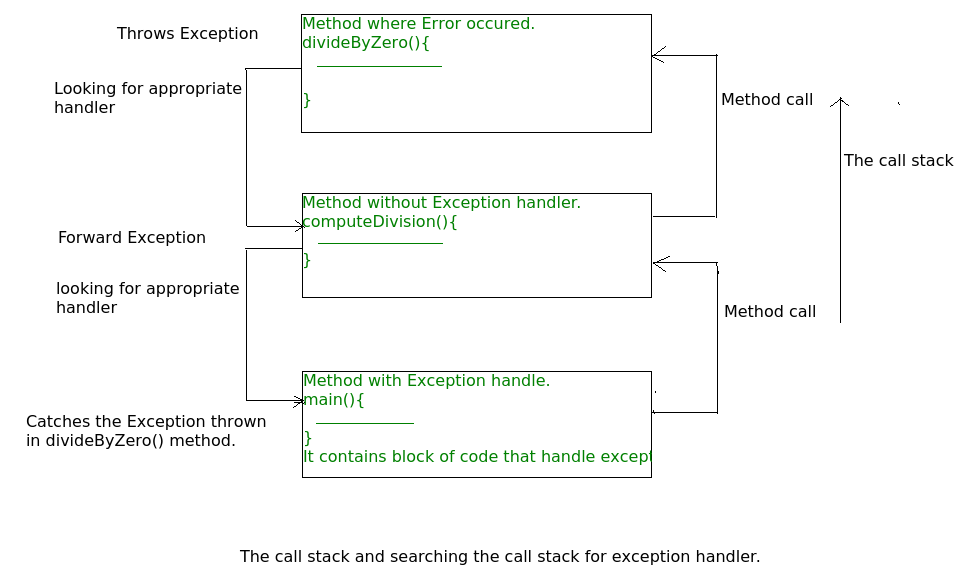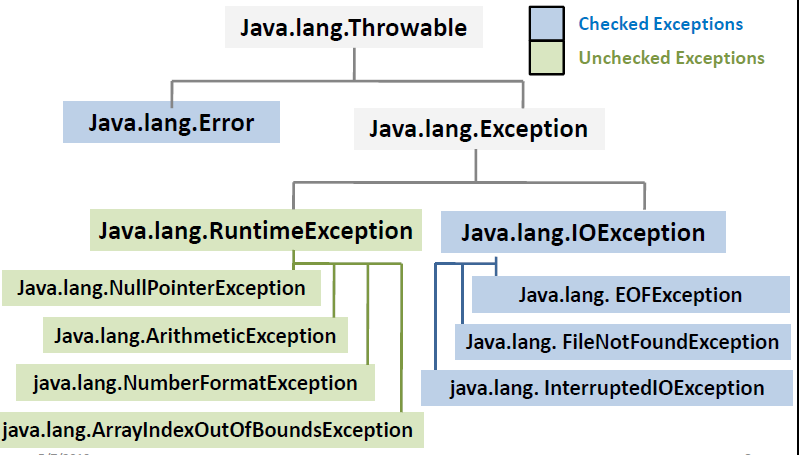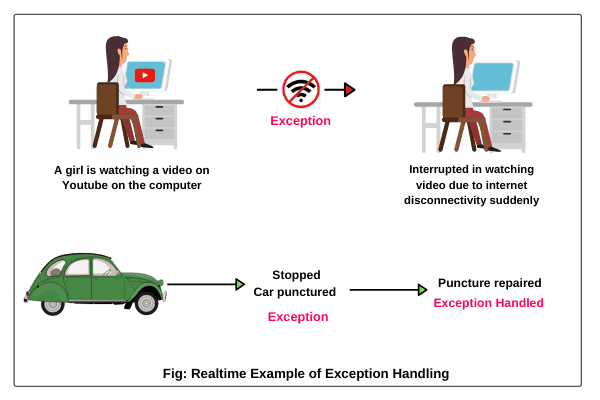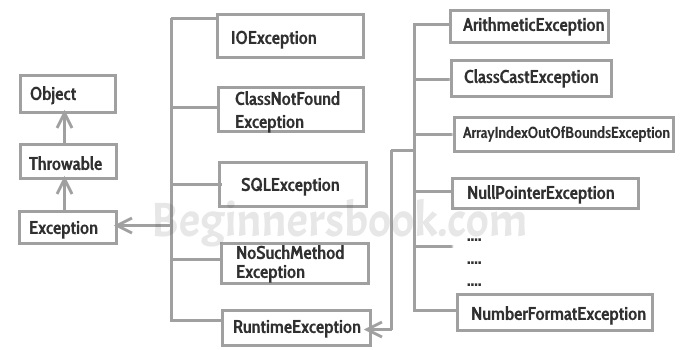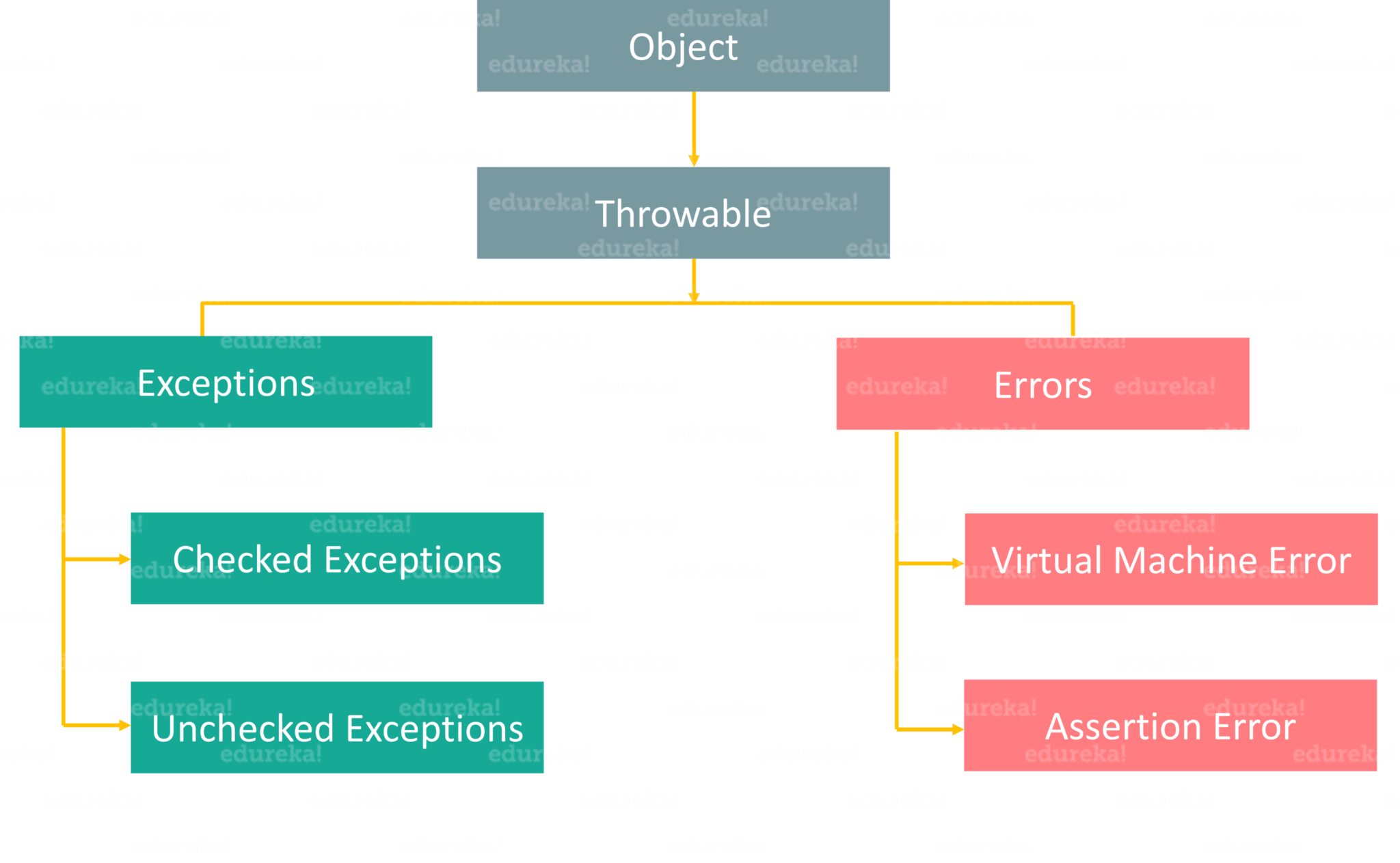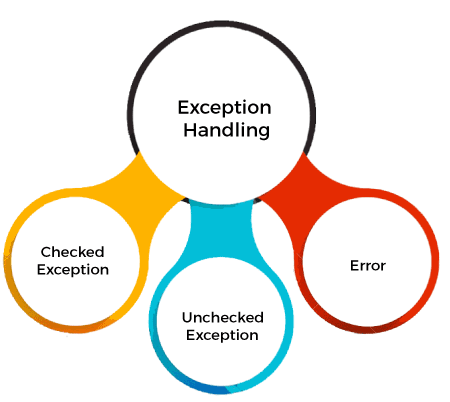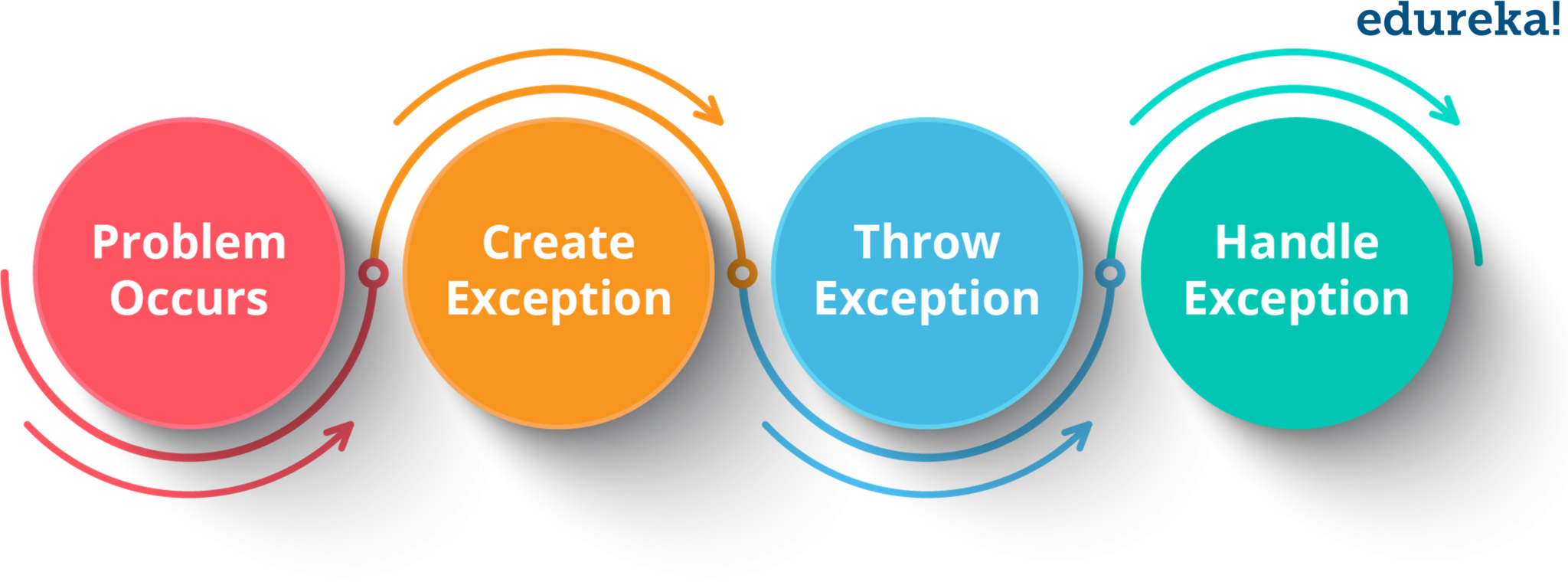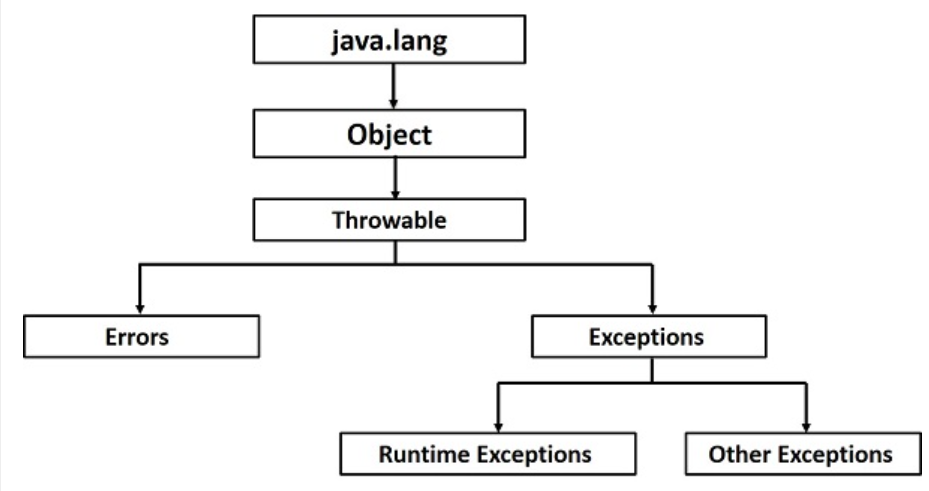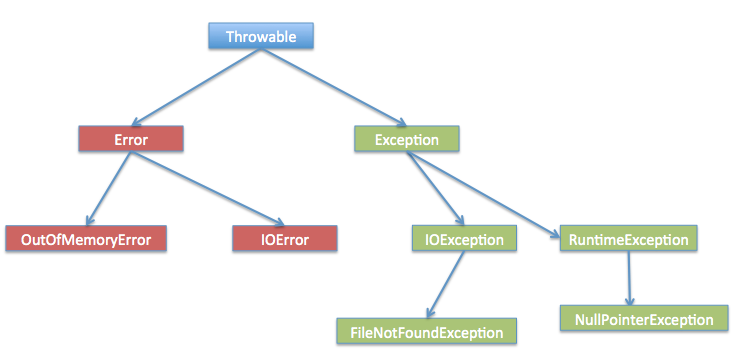Underrated Ideas Of Tips About How To Handle Exceptions In Java
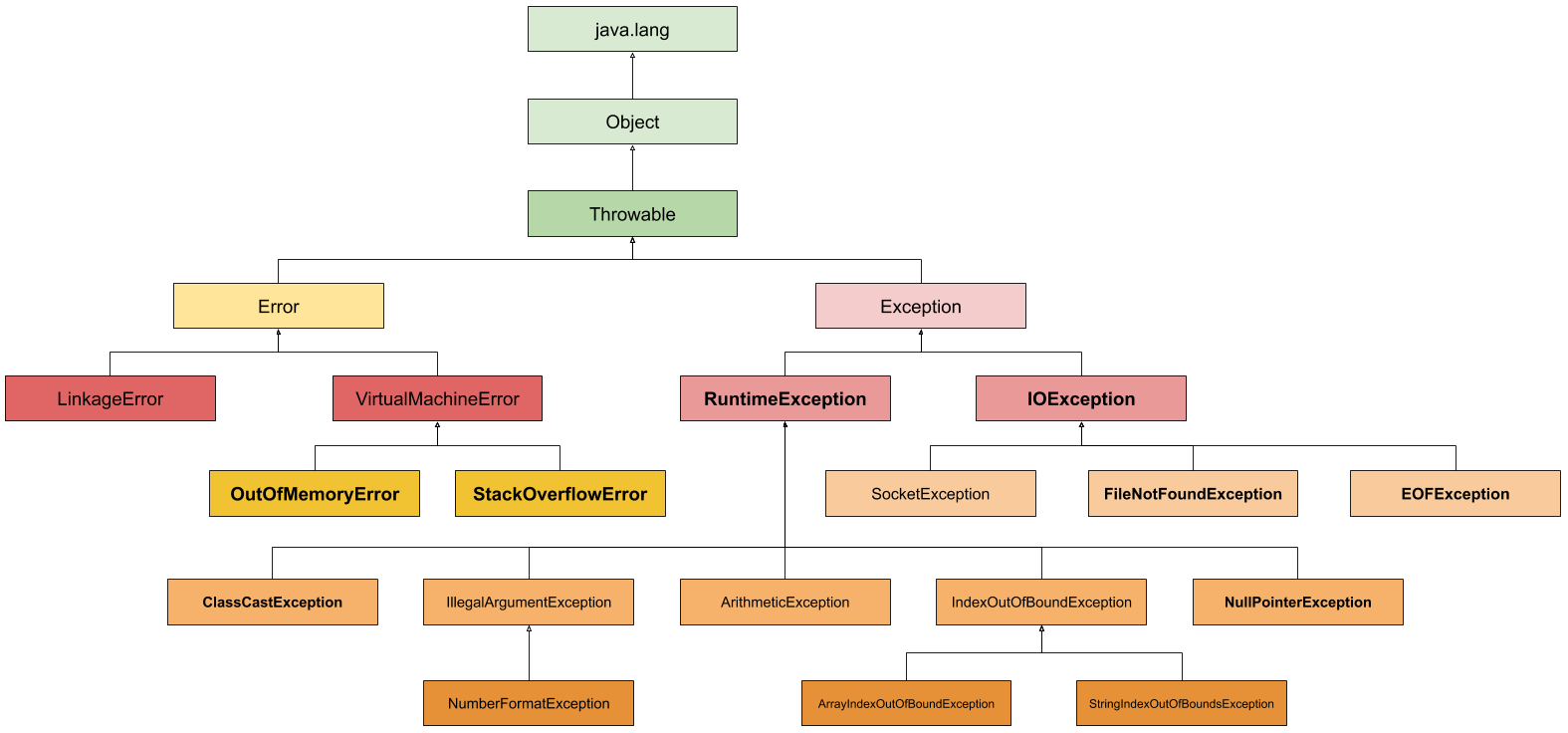
Five keywords are used in exception handling:
How to handle exceptions in java. Since java 7, you can handle more than one exception using a single catch block, this feature simplifies the code. The exception has some message with it that provides the error. Try, catch, finally, throws and throw (take note that there is a difference between throw and throws ).
What is the importance of exception handling in java? While executing the statements in a try block, if the system. As answered by jeff, the jvm is currently.
Since headlessexception is an unchecked exception, it does not need to be declared in the throws clause of a method or constructor. A runtime exception is a. Java exception handling is managed via five keywords:
How to handle exceptions in java with examples. One caveat, the method can. The try keyword specifies that the enclosed code has the potential.
Throws keyword is used for exception handling without try & catch block. The java throw keyword is used to throw an exception explicitly. Try { // code } catch(exception e) { // code } here, we have placed the code that might generate an.
If the only possible exceptions that a given block of code could raise are unchecked exceptions, then we can catch and rethrow throwable or exception without adding. Java will throw an exception (throw an error). Place your try/catch block in the code, try executing the code and repost for further queries.

